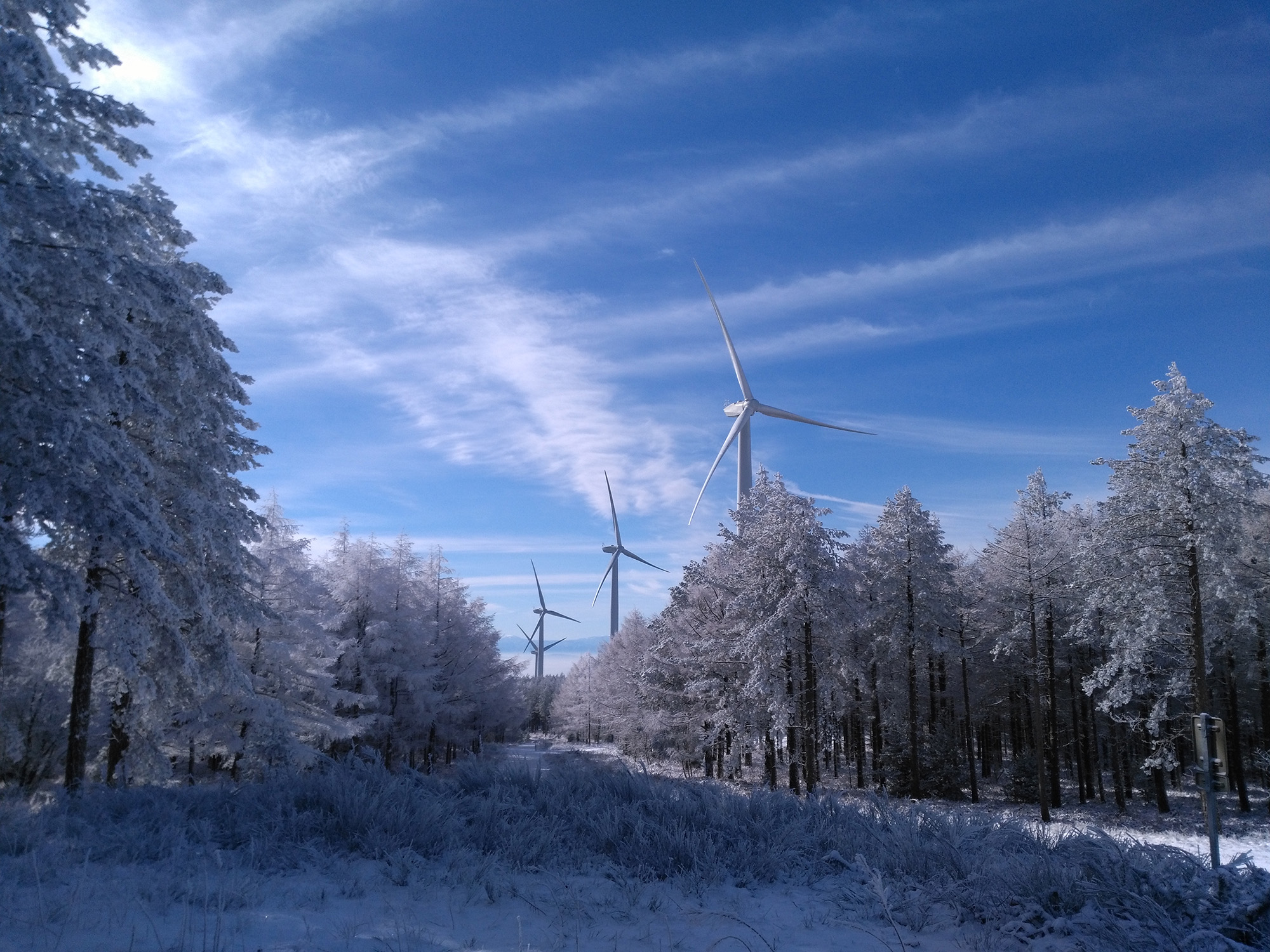Solutions
Our passionate and experienced people deliver successful clean energy projects globally.
Technologies
Driving a clean energy future through state-of-the-art renewable technologies.
See all technologiesResources
Browse our latest resources, including company updates, customer stories, industry insights, and research reports.
See all resourcesCareers
Join a collaborative team of passionate individuals who engage in meaningful, stimulating, and world-changing work.
Learn moreAbout RES
We live our mission, celebrate the people making it happen and transform the way the world produces and consumes energy.
See about usOur offices
Like our business, we’re truly global – but proudly local. Find contact and location details for every RES office.
Contact us-
Home
/
Resources
/
Case Studies
/
Innovation in ice management on a wind farm in the Black Forest
Innovation in ice management on a wind farm in the Black Forest
by RES | Nov 25, 2024 | Reading time: 2 min

The challenge
Wind turbines are exposed to a range of environmental challenges throughout the year, impacting performance, energy yield, and safety. In colder regions, one of the most significant challenges is icing on turbine blades. Ice formation disrupts the aerodynamics of the blades, reducing efficiency.
At a wind farm managed by RES, persistent icing regularly triggered turbine shutdowns to enable de-icing through heating. This process required halting operations for several hours while the system attempted to melt the ice. After each heating cycle, turbines were checked to ensure that the blades were ice-free. If ice remained, the turbines entered an extended heating phase, leading to additional downtime.
The solution
To address this issue, our services team in Germany partnered with local authorities and the turbine manufacturer to design and implement a more efficient solution. Leveraging advanced technology, the team introduced a proactive blade-heating strategy to minimise ice formation before it could occur.
The system uses predictive algorithms and weather monitoring to activate blade heating when conditions conducive to icing are detected. By pre-heating the blades during operation, the likelihood of ice accumulation is significantly reduced. In cases where icing does occur, the original de-icing system remains in place as a backup, automatically engaging to restore the blades to optimal conditions. This dual-layer approach ensures continuous turbine operation while enhancing the overall reliability of the wind farm.
The impact
The introduction of preventive blade heating has led to a significant improvement in operational efficiency, with ice-related downtime reduced by approximately 50%. This not only minimises interruptions but also boosts energy production during the critical winter months when demand is typically high.
In addition to reducing downtime, the new system alleviates the operational strain associated with reactive de-icing processes, lowering maintenance requirements and enhancing the longevity of turbine components.
This successful implementation serves as a blueprint for tackling similar challenges at other wind farms in cold climates. RES continues to explore ways to enhance the resilience and performance of renewable energy assets, ensuring their contribution to a cleaner, more sustainable future.

